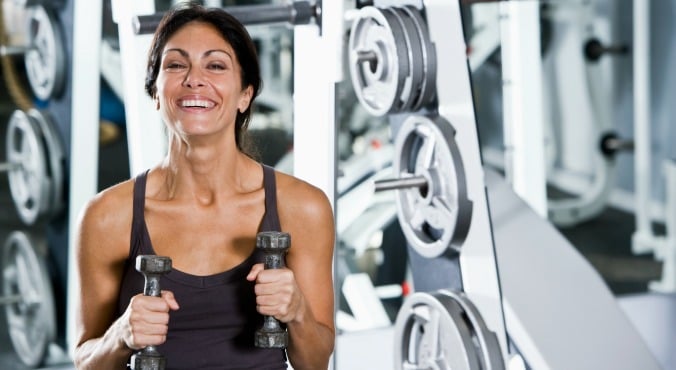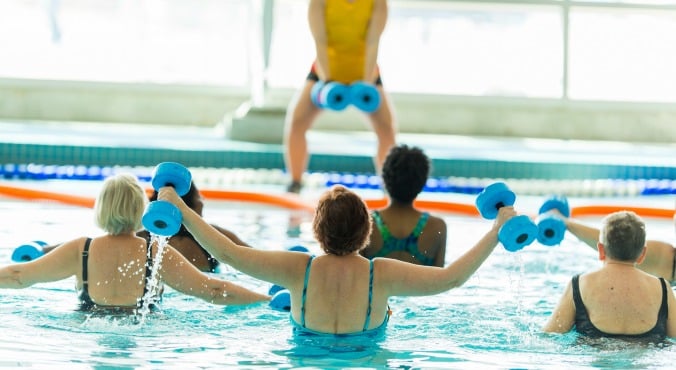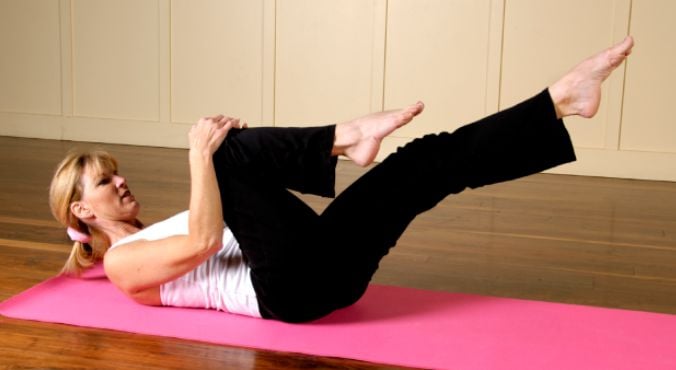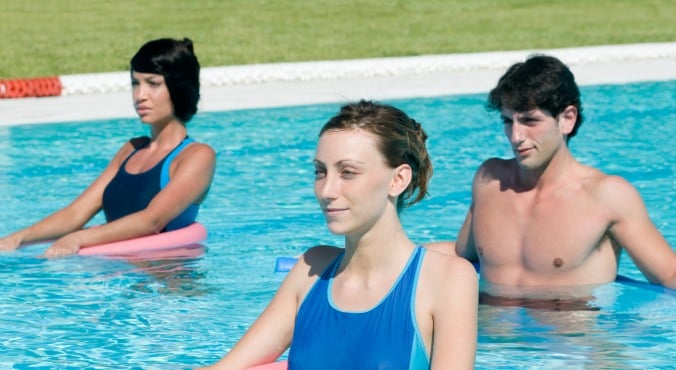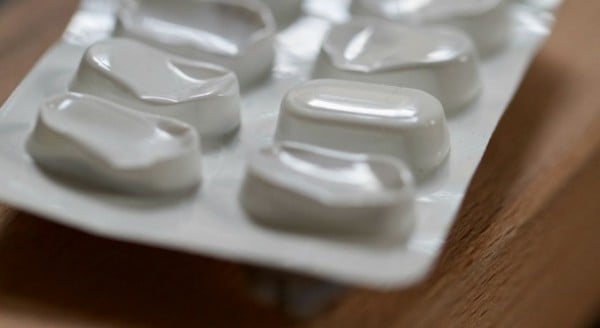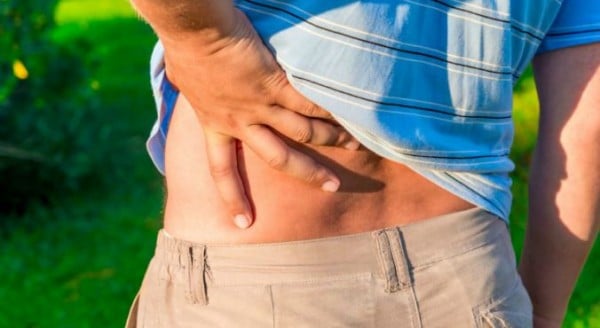
Image: iStock.
After headaches and the common cold, back ache is the most common reason for a day off work. Yet most of us give little thought to the care of our back, until something goes seriously wrong.
Some 60-80 per cent of people in the Western World are affected by back ache and if you are aged between 30 and 50, you are most at risk. Why?
If we consider that those of us living in the “developed” world have far more back pain than those in traditional communities around the world, this gives us a clue. The back is an intricate, complex system that does an amazing job.
It acts as our central stabiliser, supporting the head, arms and torso, while keeping us upright. At its core is the spine, which houses the nervous system that runs to the rest of the body, and the mechanics of the spine allow us to twist, turn, bend and manoeuvre in numerous ways. (Post continues after video.)
When functioning correctly it does an amazing job. But the system breaks down when it is asked to function in a way in which it was not designed – and the spine was not designed to spend hours every day sitting.


